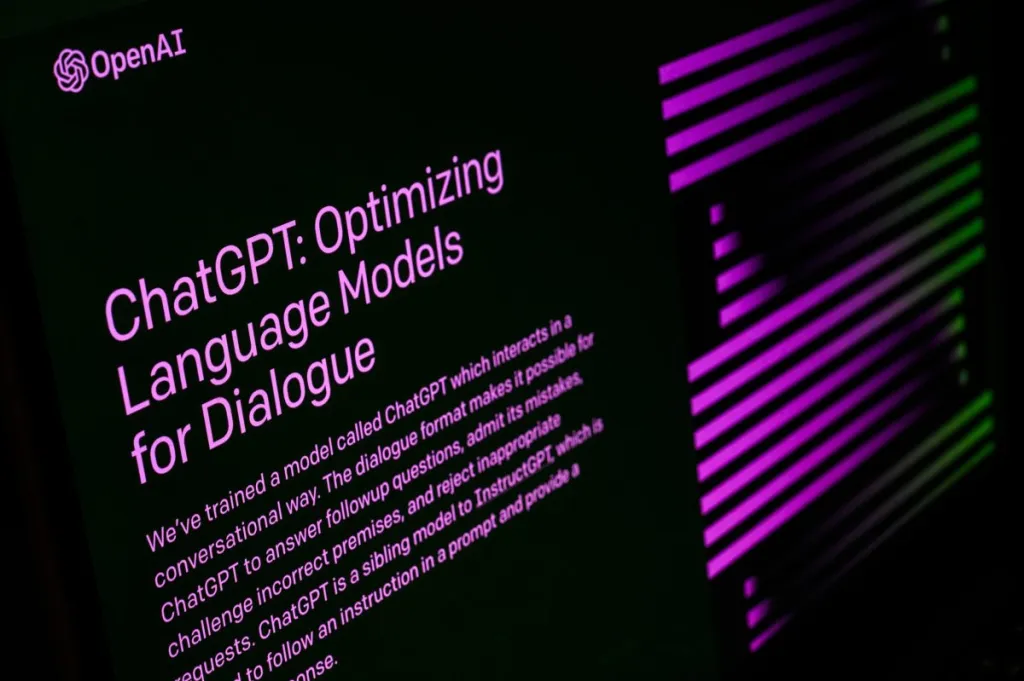Imagine venturing into uncharted territories without leaving the comfort of your seat or communicating with a digital entity that understands and responds to your needs. These are no longer figments of a science-fiction writer’s fantasy but the very real impacts of the developments in Artificial Intelligence (AI) and Virtual Reality (VR). This discourse is aimed at providing an in-depth understanding of AI and VR, how they’ve merged to create intelligent systems, the influence of this union across different sectors, and potential future developments. Prepare to delve into a world where technology has blurred the lines between reality and imagination.
Understanding AI and Virtual Reality
Understanding: Artificial Intelligence and Virtual Reality
Artificial Intelligence (AI) refers to highly advanced technology that simulates human intelligence processes. Often used in conjunction with machine learning, AI can learn from experience, adjust inputs, and perform tasks that would typically require human intelligence, such as interpreting complex data, recognizing patterns, and problem-solving.
Virtual Reality (VR) is technology that creates a simulated environment. It places the user inside an experience using headsets that blend out the physical world. Instead of viewing a screen in front of them, they are immersed and able to interact with 3D environments.
The origins of AI and VR date back to the mid 20th century. AI’s concept was first described by computer scientist John McCarthy in 1956, during the Dartmouth Conference. Meanwhile, virtual reality, though not yet named, saw its first iteration with the Sensorama in the early 1960s, a technology patented by Morton Heilig.
Both AI and VR have evolved significantly since their early inception. In the case of AI, its evolution is evident in the increased usage of AI in our daily lives from digital assistants like Siri and Alexa, to recommendation systems implemented by media streaming services like Netflix or Spotify.
Similarly, VR has seen vast improvements, starting from rudimentary graphic and limited interaction systems to today’s highly immersive VR experiences like Oculus Rift or HTC Vive, which feature high-resolution visuals and allow user interaction within the simulated environment.
The Intersection of AI and Virtual Reality
When we consider the integration of Artificial Intelligence (AI) with Virtual Reality (VR), a whole new horizon of innovation emerges. Take video games, for instance, where AI can manipulate non-player characters or the environment itself, leading to a deeply engaging and immersive gaming experience. Additionally, AI’s capability to offer custom guidance in VR scenarios bolsters the creation of education or training tools tailored to suit an individual’s learning speed and mastery.
An often overlooked application of AI in VR can be found in mental health support. VR scenarios carefully curated by therapists provide a safe haven for patients to confront and address their anxieties or stress triggers. Here, AI plays a pivotal role in tracking patient reactions and tailoring the VR environment dynamically, or offering invaluable insights for the therapist.
Yet, the marriage of AI and VR is not without its hurdles. High computational demands, VR-induced motion sickness, and ethical dilemmas around specific AI applications present significant challenges.
Despite these challenges, combining AI with VR holds incredible potential across multiple domains, including entertainment, education, healthcare, and beyond, promising to reshape our engagement with technology and virtual landscapes.
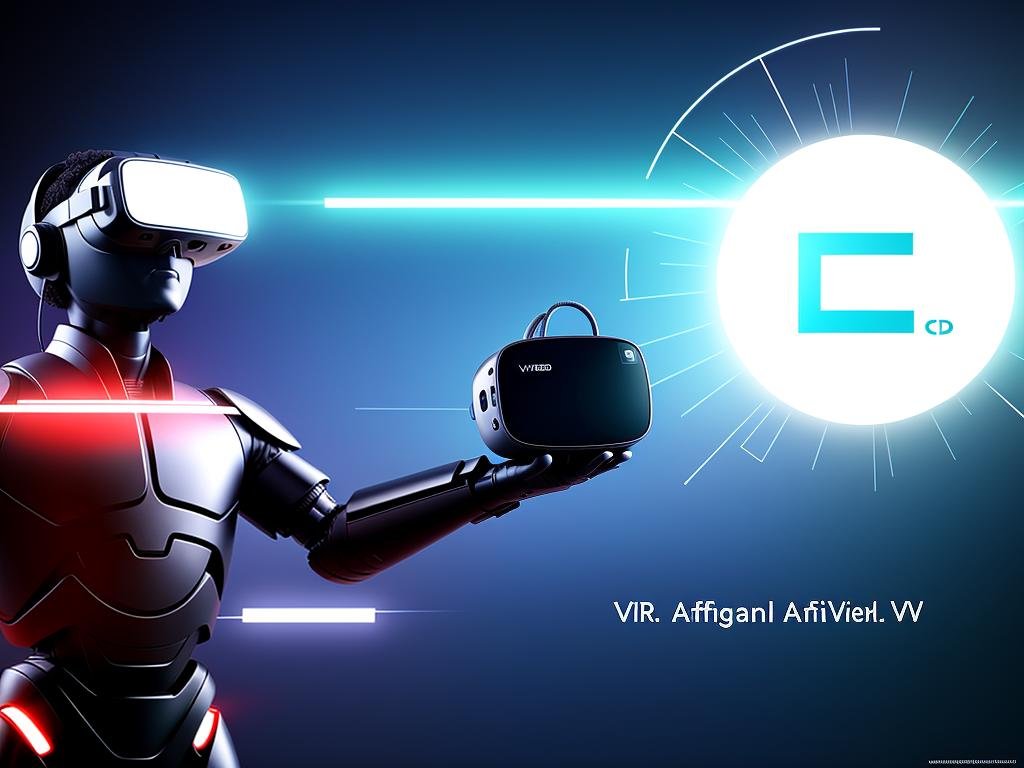
The Convergence of AI and VR
Fusion of AI and VR
The merging of two powerhouses, Artificial Intelligence (AI) and Virtual Reality (VR) results in the formation of significantly smarter and more interactive systems. This fusion is fueling advancements in myriad sectors, including but not limited to the realms of gaming, healthcare, education, and training. By blending the capacities of AI and VR, we are witnessing the birth of an era marked by technological sophistication and enriched interactions.
Artificial Intelligence in VR
In the world of VR, AI is used to drive many of the core mechanics. AI algorithms create intelligent and adaptable virtual characters that can interact realistically with users. These characters can understand and respond to a user’s actions and speech, making the VR experience more dynamic and immersive.
For example, in VR gaming, AI is used to design smart opponents who adapt to the player’s moves, providing a more challenging and engaging gaming experience. Similar applications of AI in VR can be seen in training simulations where AI enables the simulation to respond to the user’s actions, offering real-time feedback and adaptive learning experiences.
Benefits of AI and VR Convergence
The convergence of AI and VR holds enormous potential. The combination of these technologies augments the functionality of VR, making it more intelligent and interactive. It provides context-aware experiences that enhance immersion and realism.
In healthcare, VR guided with AI can offer procedural training for surgeons or function as a therapeutic tool for patients with physical or mental health issues. Here, adaptive AI can modify VR environments to suit individual patient’s needs, enabling more personalized therapeutic experiences.
In education, AI-backed VR can create highly immersive learning environments, allowing for simulations of complicated procedures or historical events, thereby providing students with a tangible and interactive understanding of complex concepts.
Finally, in the realm of business, VR combined with AI is reshaping training methods. Companies can create simulations that mimic real-life scenarios, allowing employees to practice and hone their skills in a safe, controlled, yet realistic environment.
The Fusion of AI and VR and How It Affects Us
The melding of Artificial Intelligence (AI) and Virtual Reality (VR) offers significant opportunities, although it is not without challenges. Key issues include data security, as these technologies frequently rely on gathering and analyzing user data. Generating realistic AI algorithms that interact optimally within VR environments also proves complex, stretching resources to their limits.
Still, the possibilities opened up by combining AI and VR are vast. As these technologies continue to evolve, we can expect more sophisticated, and impactful, applications to emerge. This fusion is gradually yet powerfully transforming a variety of facets of everyday life, heralding an age of far richer and more enhanced experiences in diverse spheres.
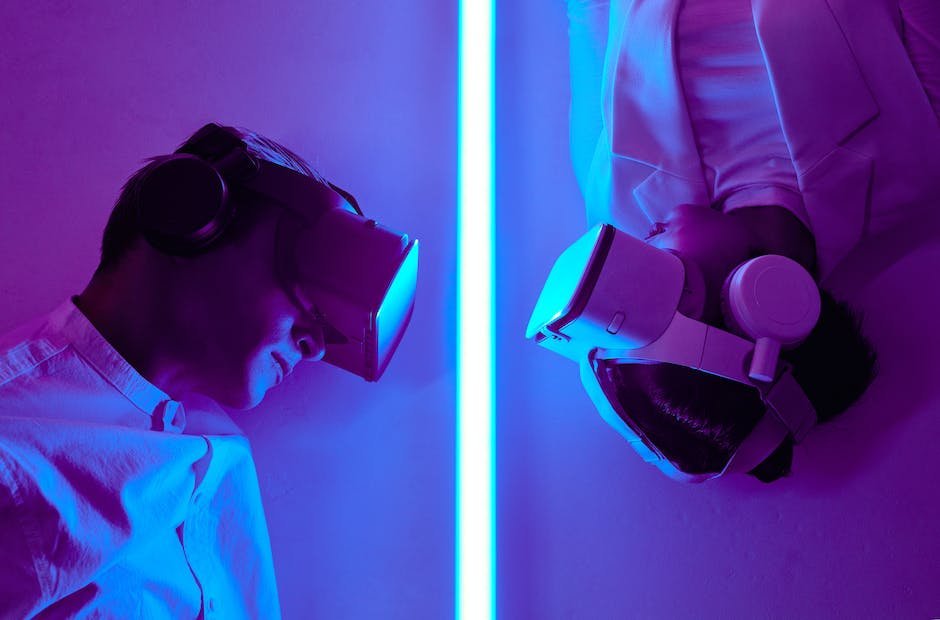
The Impact of AI in Virtual Reality
The Powerful Blend of Artificial Intelligence and Virtual Reality
Two of the most influential technologies currently shaping our era are Artificial Intelligence (AI) and Virtual Reality (VR). When combined, they significantly enhance the way we engage with the digital world, boosting VR’s performance and functionality.
AI, with its ability to simulate human intelligence, augments machines’ capabilities to learn, reason, understand, deduce, and communicate, whilst making decisions. VR, on the other hand, allows for the replacement of our real environment with a computer-generated one, facilitating interaction within this synthesized reality.
The New Era of Augmented Reality: AI-Driven VR
When these two technologies are merged, AI-driven VR is born, resulting in experiences that are more realistic, interactive, and immersive. With AI’s capability, VR content can adapt to users’ needs, preferences and learning pace. This elevates the VR experience from a basic simulation to a sophisticated, personalized interaction between humans and virtual environments.
For example, AI can use machine learning algorithms to analyze data about a user’s movements and interactions in the virtual world. This translates actions in the virtual environment into predictive data models, customizing future VR experiences to suit individual user preferences and behaviors.
AI and VR Revolutionizing Industries
This leap in VR technology through AI integration isn’t just confined to gaming or entertainment. It’s disrupting various sectors, including healthcare, education, and entertainment, opening up entirely new possibilities and applications.
In healthcare, AI in VR can create highly detailed and realistic simulations for medical training. Surgeons can practice complex surgeries in a risk-free environment, improving their accuracy and reducing potential complications.
In education, AI-driven VR can provide personalized learning experiences. For instance, a virtual reality tour of the solar system can adapt to a student’s learning pace and offer additional information on planets that the student seems most interested in.
In entertainment, AI enhances gaming VR by producing highly intelligent and unpredictable characters, making gaming scenarios more challenging, engaging, and realistic. It can also analyze a player’s style and automatically adjust the game’s difficulty level.
Exploring the Realm of AI in Virtual Reality
Artificial Intelligence (AI) and Virtual Reality (VR) are remarkable technologies transforming the digital ecosystem today. Their integration presents unique challenges, including privacy issues, a potential digital divide, and ethical quandaries to be navigated.
However, the benefits of merging AI and VR far surpass the hurdles. With improvements in AI capabilities and the increasing adoption of VR, their symbiotic relationship will continue to strengthen, impacting various aspects of our daily lives such as work, education, leisure, and communication.
The escalating investments in both AI and VR signal a promising future where our engagement with the virtual world will become even more seamless and widespread.
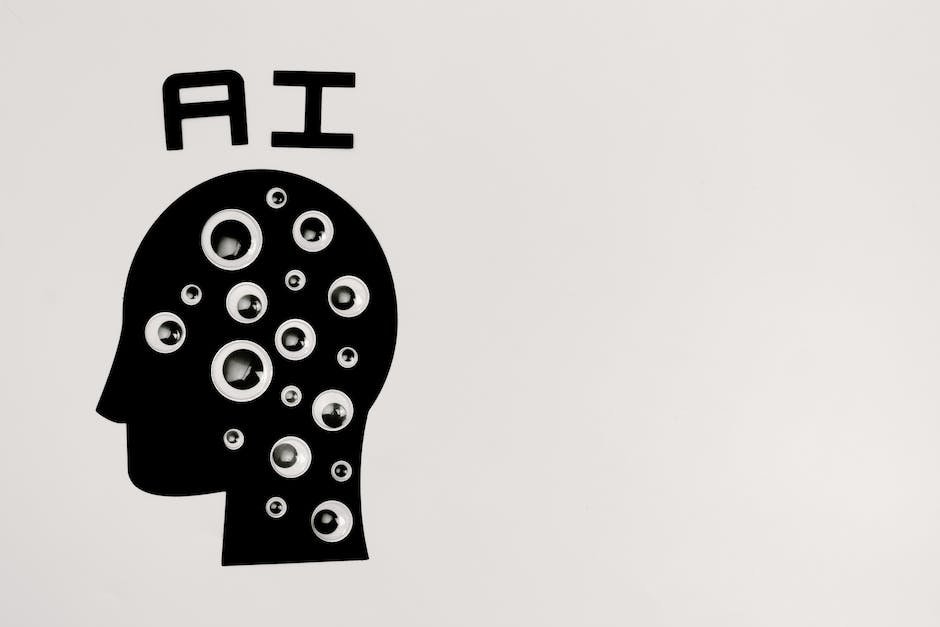
The Future of AI in Virtual Reality
The Emergence of AI-Driven Virtual Reality
We live in a hyper-connected era where technology continues to evolve at an unprecedented rate. The amalgamation of AI and VR, two of the most groundbreaking technologies of our time, is revolutionising technology innovation. This fusion is set to greatly enhance user experiences, productivity, and entertainment across a multitude of sectors, such as gaming, healthcare, education, and even real estate, promising immense potential for enhancement in these varied fields.
Propelling Technological Advancements
AI technology is primarily focused on the development of intelligent machines that can mimic human intelligence, learn from experiences and perform cognitive tasks. On the other hand, VR creates a virtual environment that immerses users into realistic digital experiences. The integration of AI in VR results in a smarter, more intuitive virtual world that has the capacity to interact with users in real-time, learn from user behavior and adapt accordingly.
Expert Predictions and Research Trends
Many tech visionaries and researchers anticipate that AI will play an essential role in VR by enhancing the realism of virtual experiences and generating intelligent responses based on user behavior. AI algorithms can be used to identify patterns in user behavior, providing predictive analytics that can be used in real-time to influence the VR environment.
Moreover, with the advent of powerful processors and sophisticated AI algorithms, research trends indicate a growing shift towards the use of AI in enhancing the capabilities of VR systems. Deep learning and neural networks, subfields of AI, are being extensively leveraged to create more realistic graphics, natural language processing, and more personalized VR experiences.
Abrupt Growth and Advancements
In the wake of this revolution, various tech giants like Google, Microsoft, and Facebook have begun investing significantly in AI and VR technologies. The global market for VR content and hardware is expected to surge to $209.2 billion by 2022, according to Statista, indicating the immense potential for growth.
Furthermore, considering the integration of AI in VR, numerous advancements have been made recently. For instance, AI-based VR systems can now simulate the natural behavior of humans and animals in the virtual world, thereby enhancing the realism of VR experiences.
Impacts and Broader Technological Trends
AI in VR is not just limited to technological growth; it’s changing societal trends as well. This tech combo is bringing evolution to many industries, tapping into healthcare with virtual surgeries and patient care, revolutionizing online learning with virtual classrooms, and transforming gaming through immersive experiences. Additionally, AI in VR is anticipated to bring significant changes in the way businesses operate by enabling virtual meetings and conferences, thereby fostering increased productivity and cost-efficiency.
In essence, the future of AI in VR is brimming with countless possibilities. The merger of these two technologies hints towards a digital revolution that is bound to transform the way we interact with our virtual and physical worlds.
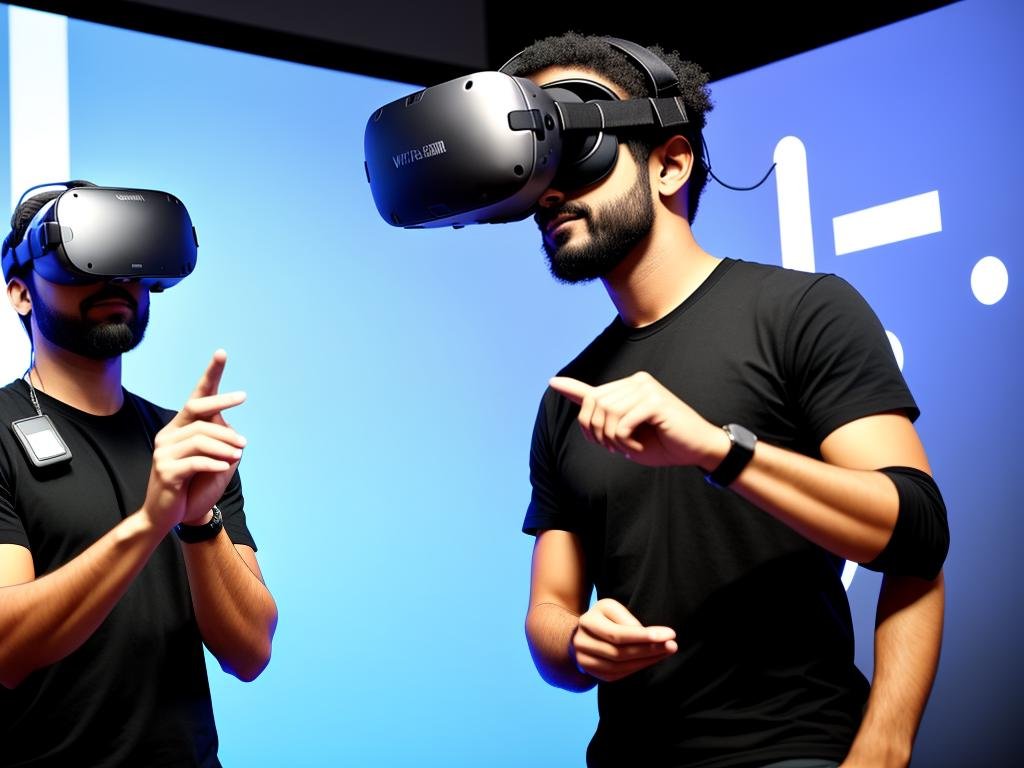
So, as we stand at the crossroads of the real and virtual world brought about by advancements in AI in VR, it becomes clear that this technology is not just for entertainment, but it is poised to revolutionize everyday life. The fusion of AI and VR will continue to shape different sectors, from enhancing the way we learn and communicate to improving healthcare procedures. Undoubtedly, we are only just beginning to tap into the full potential of these technologies. The consistency of their evolution suggests an expansive horizon. When we start to think of AI and VR not as separate entities but as a merged reality, we open ourselves to infinite possibilities that are transforming today and shaping tomorrow.

